Imperial Citadel of Thang Long
₹ 35 onwards
View Hanoi PackagesWeather :
Label : Top Attraction
Tags : Historical Site
Timings : 8:00 AM - 5:00 PM
Entry Fee : VND 30,000
Hanoi Citadel
Ways to Experience this attraction
Imperial Citadel of Thang Long, Hanoi Overview
The Imperial Citadel of Thang Long, also known as the Hanoi Citadel, is a UNESCO world heritage site home to many artifacts that signify the historical and cultural importance of Vietnam and its history. It was the center of Vietnam's political power for more than 1300 years. You can tour its prominent remaining buildings like Kinh Thien Palace, Princess Pagoda, and the North Gate.
If you are a history buff, then the Imperial Citadel of Thang Long will give you peeks into the ancient history of Vietnam and modern history. You can witness the remains belonging to the 9th century, the Chinese culture and architecture, and coming in the 20th century, the hardest period for the country. The D-67 tunnel and the citadel's central sector are important national edifices for the country. The site was excavated in 20014, and several Bronze coins, ceramics, pottery, and foundations of old roads, palaces, and wells as old s the 6th Century was discovered.
Read More on Imperial Citadel of Thang Long
History of The Citadel
The Imperial Citadel of Thang Long was listed in the UNESCO World Heritage Sites in 2010 to protect the remaining ruins, the history and old relics that were excavated from this place.
Architecture
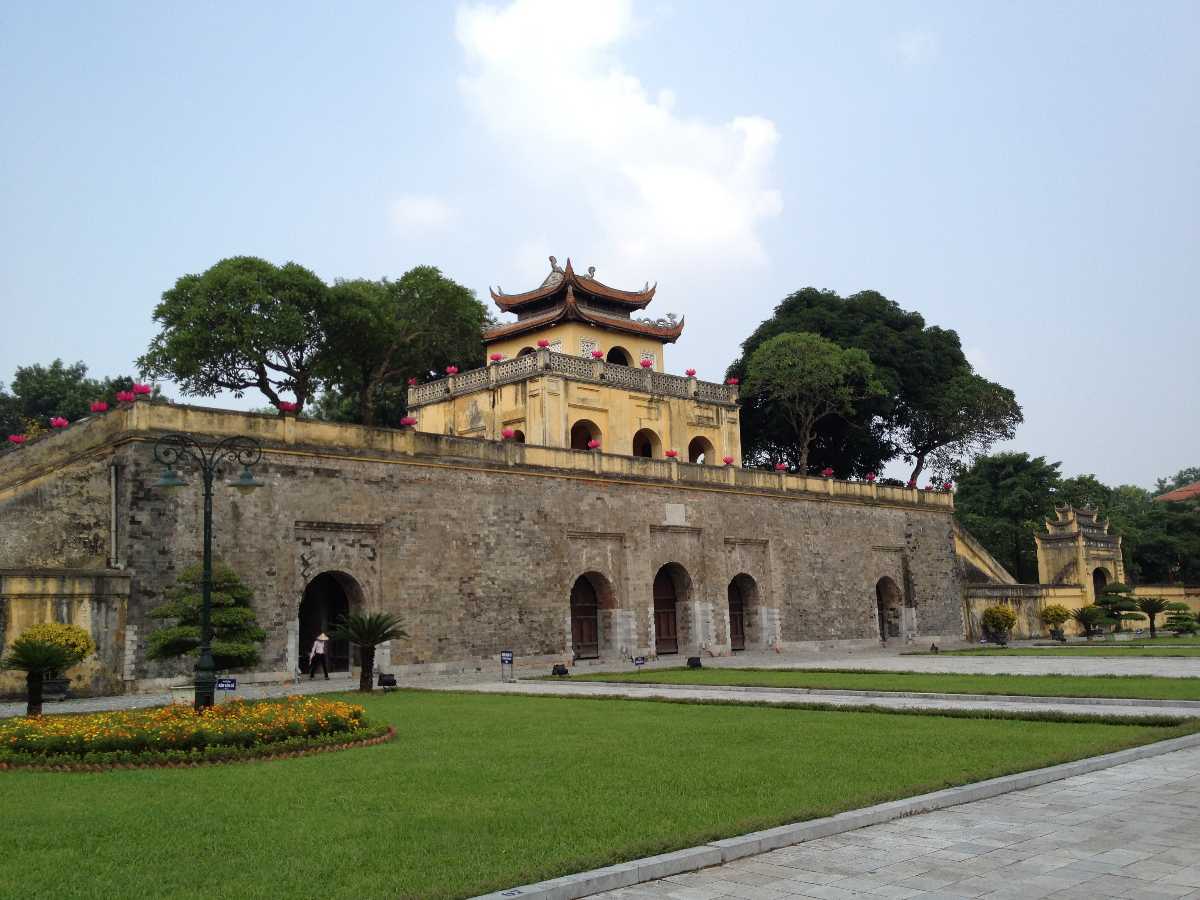
The complex of the Imperial Citadel of Thang Long comprises of an old fortress and on top of that, the main citadel complex has been built which reflects the true Vietnamese architecture. One of the most important constructions made on this site was Kinh Thien Palace in 1428, but sadly only the palace steps which have a sculptor of a dragon built on it and the foundation of the palace remains today for us to see.
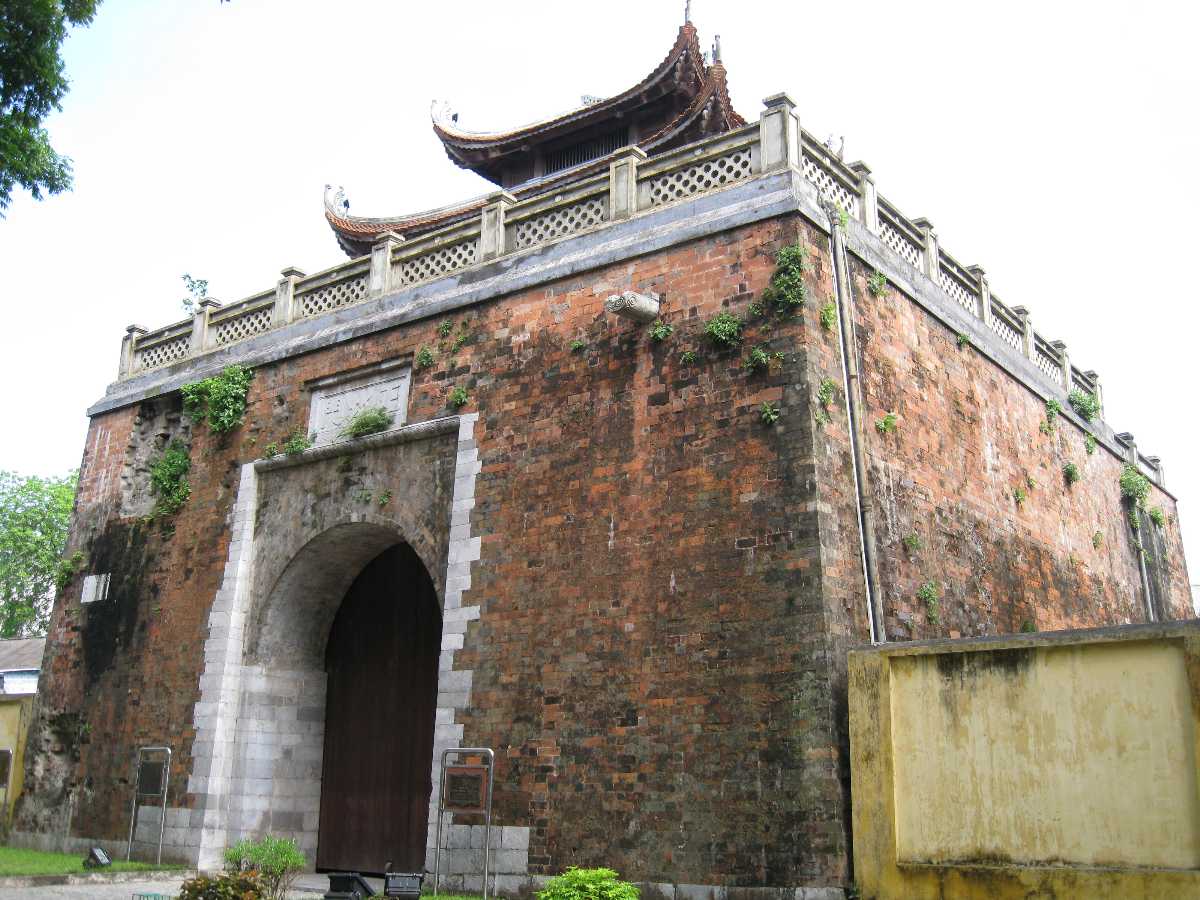
The main Northern Gate of the complex was built in 1805 which is a reflection of the modern architecture in Vietnam. There is also a museum in the premises which showcases the old ruins and relics sound from the site. It was built in 2010.
Flag Tower at Imperial Citadel of Thang Long
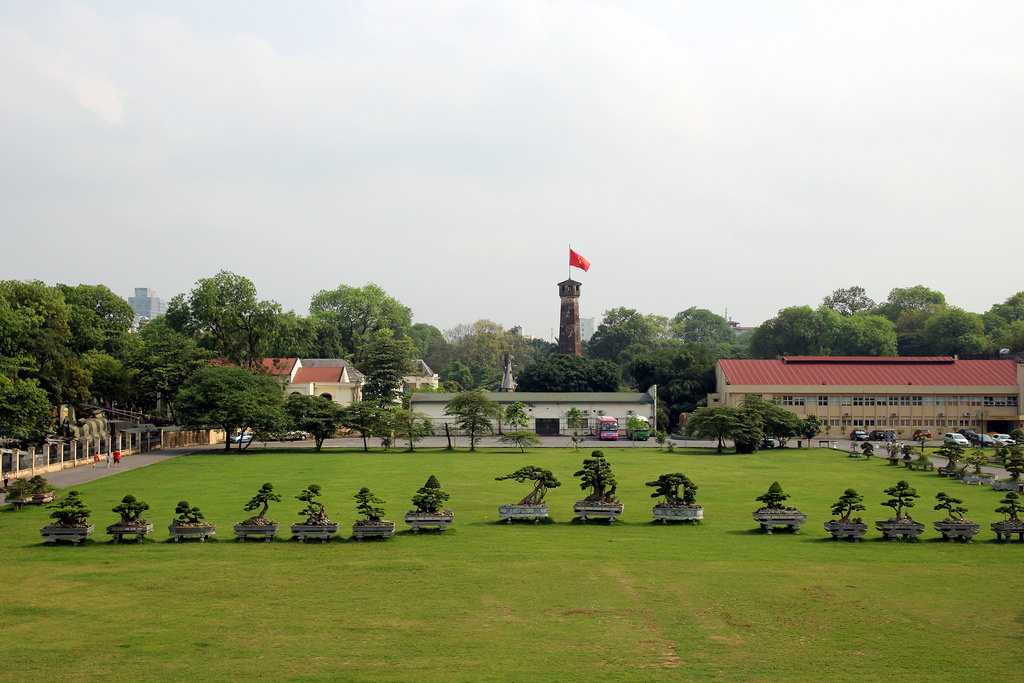
One of the most prominent structures of the Imperial Citadel of Thang Long is the Hanoi flag tower. It is a 41 m long tower which represents the symbol of the Hanoi city. It was built during the era of Nguyen dynasty in 1812. When most of the historic structures were destroyed by the French, it was spared because it was used as the military post by French.
D-67 Tunnel and House
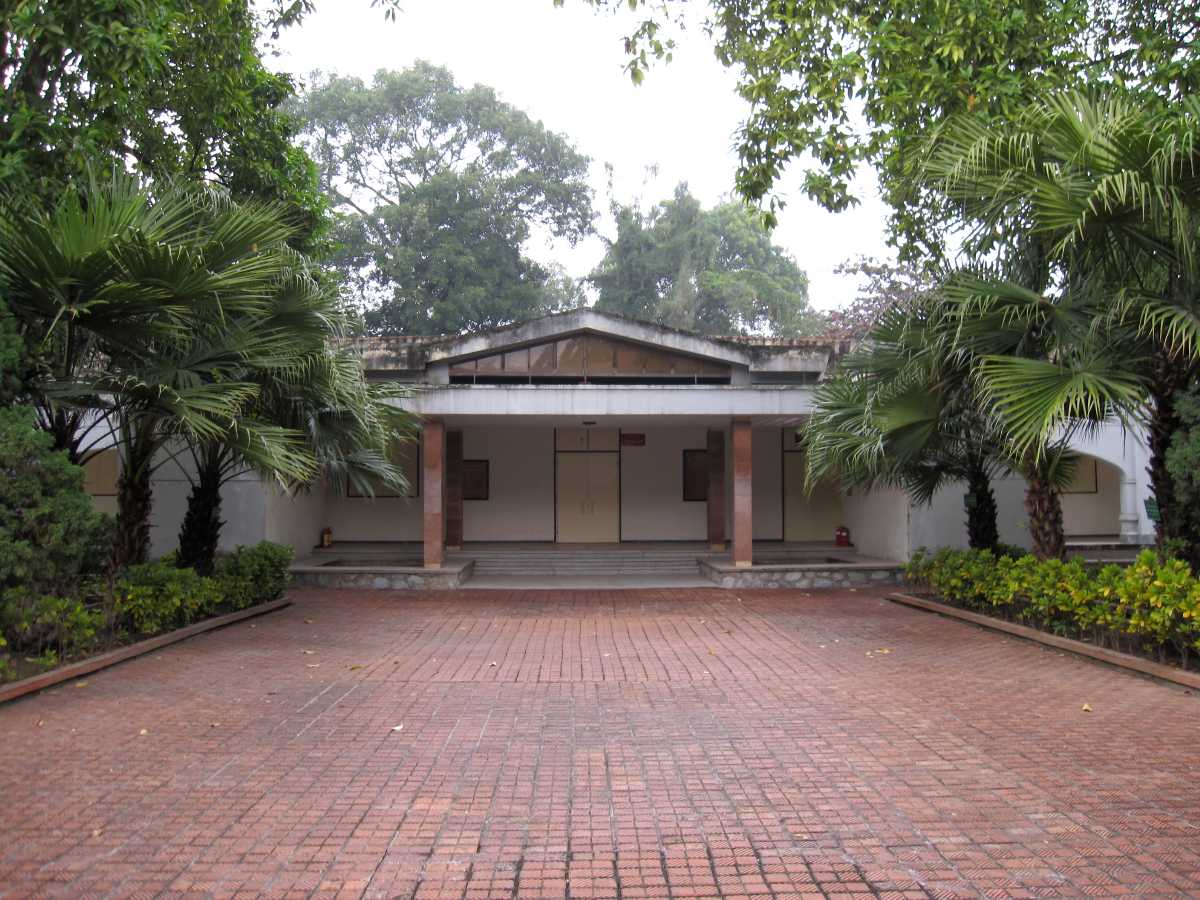
This is probably the most interesting part of the complex, although it does not constitute under the Imperial Citadel of Thang Long. A small house located at the back of the complex which is called D67. Interestingly, it was the meeting point of the communists during the Vietnam war where the policies and planning took place. A series of stairs take you to the 9 m deep underground bunker which was built to protect the leaders from the attack. It has a striking story connected to it which makes you feel like you a part of the history when you are here. The house has been restored in the original position with the meeting room and other thing kept intact till date.
Central Sector of the Hanoi Citadel
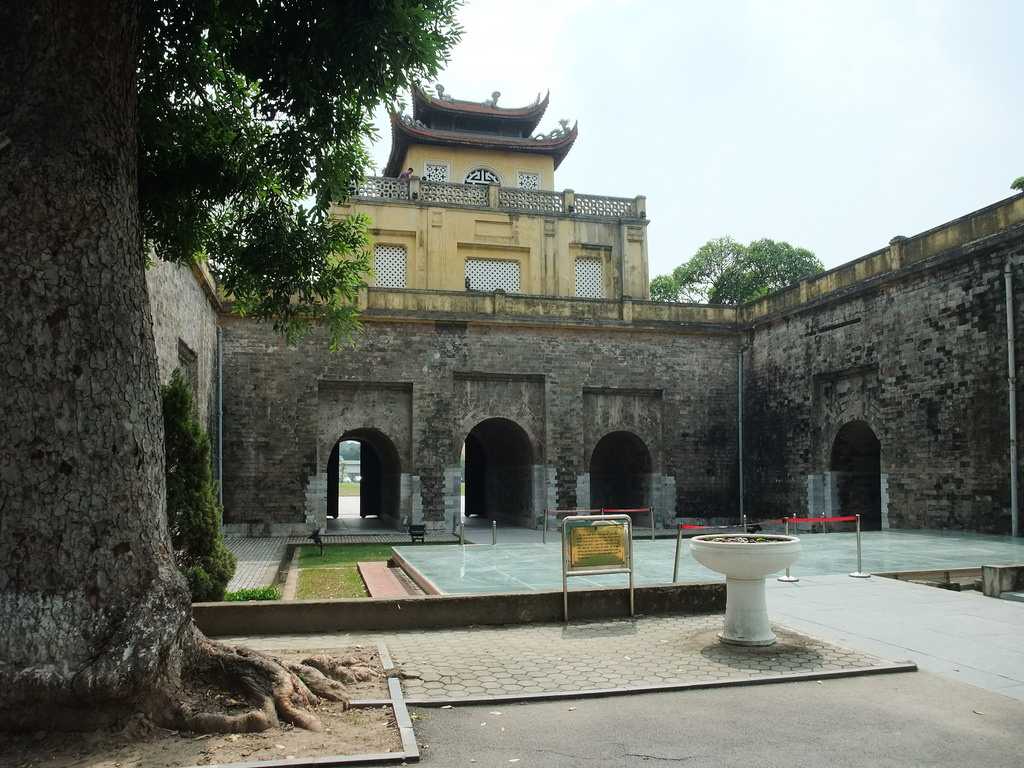
The central sector of the Imperial Citadel of Thang Long is the main building and also the part which has been enlisted in the UNESCO World Heritage sites. It is built on the top of 7th-century old Chinese fortress. The structure is a reflection of the South Asian architecture and culture with the pagoda structure adorning the top of the central sector. This is the very place which was the centre of the regional political power for the continuous period of 13 years.
Archaeological Relics at Thang Long Citadel
One of the reasons why the complex of Imperial Citadel of Thang Long is given so much of importance is because it has been a historical site from where the ancient ruins and relics, belonging to the different civilizations, have been extracted. A number of artefacts belonging to the Dai La period have been found when the site was the administrative seat during the Chinese rule of the Tang dynasty. A lot of ruins and relics have been inscribed with the images of dragons, Phoenix and Mandarin ducks which are considered very important in the Chinese culture. Tiles, bricks with inscriptions have been dug out which are a poof of the Chinese rule in Vietnam.
A number of foreign artefacts including old vases, ceramics, wine bottles belonging to the 8th and 9th century have been found. To reflect the ancient era of the rulers who ruled Vietnam, a proof of gold jewellery, areca knife, and lime pots belonging to the kingdom of various rulers of Vietnam have also been found. All these artefacts give insights into the history of Vietnam. A large variety of bricks and tiles have been also found which were probably used in the olden times for the construction. These remains are offered for display in the museum and much of it still remains undiscovered.
How To Reach Imperial Citadel of Thang Long
Top Hotel Collections
Top Hotels Near Imperial Citadel of Thang Long
Imperial Citadel of Thang Long Reviews

Have a Question on Imperial Citadel of Thang Long?

experience.